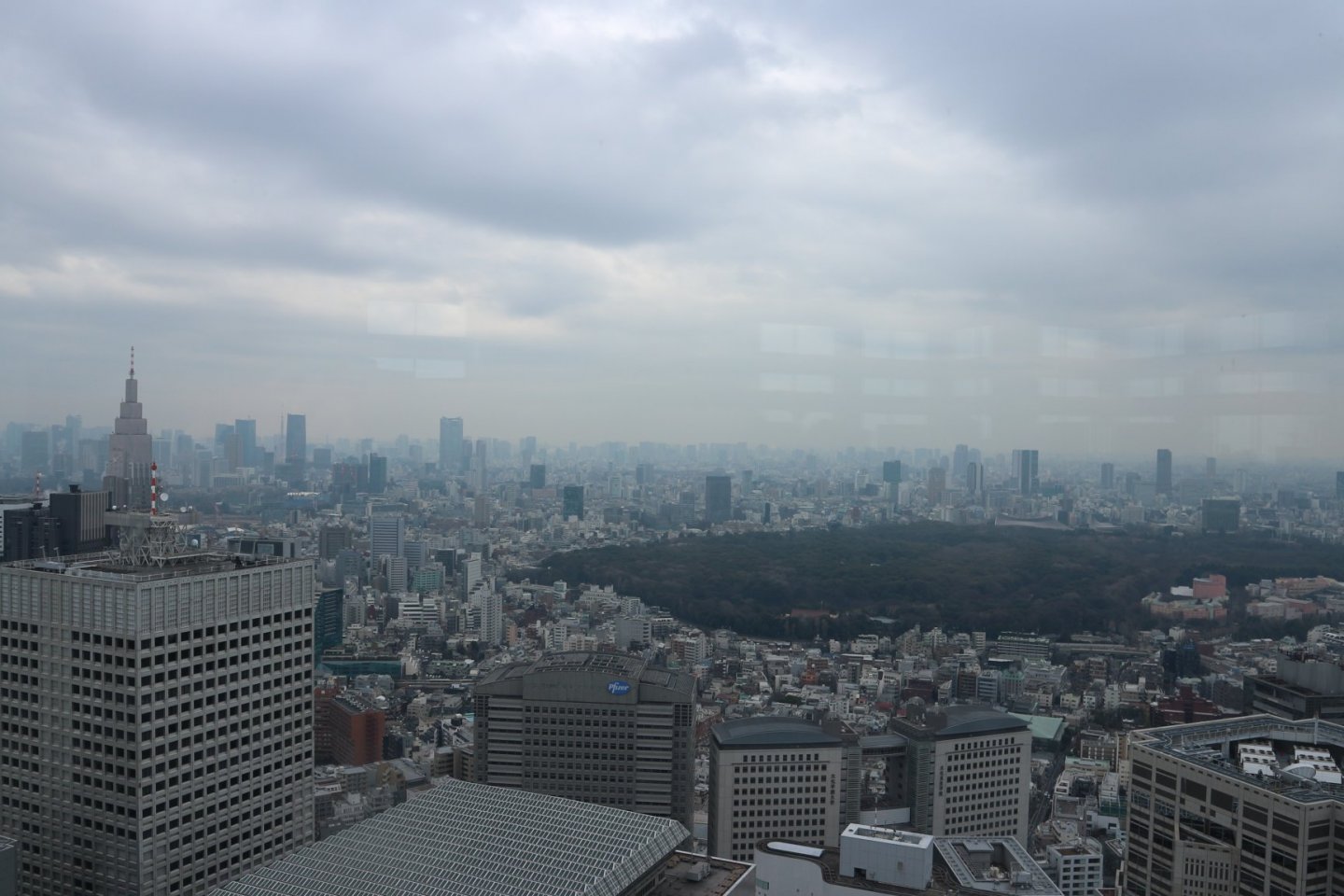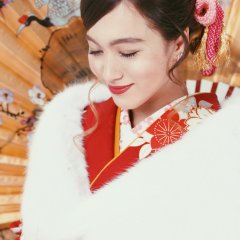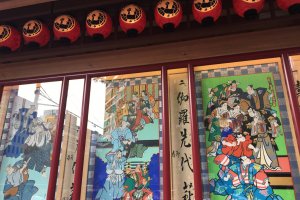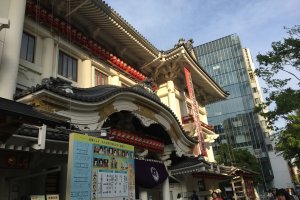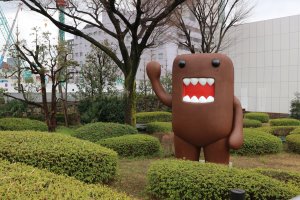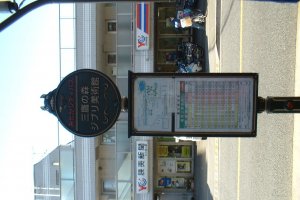So you have made the decision to visit Tokyo for the first time, great choice! However, you have one slight problem, you are a student still studying and want to make your money stretch as far as possible.
Tokyo is well known for being one of the more expensive metropolises. Furthermore, popular attractions in Tokyo can be costly. As a student myself, I had to ensure when I was staying in Japan for a couple of months that I could be efficient with my money but also enjoy all the wonderful things Tokyo has to offer.
In this post, I will be guiding students out there with a budding desire to visit Tokyo, on how to explore Tokyo on a budget. I introuduce 5 different attractions or places you may have not first thought of when visiting Tokyo, and also share some other useful tips worth keeping in mind.
Where can ¥1000 get me in Tokyo?
For a moment, let’s imagine that your budget for your daily activities (excluding transportation fees) is ¥1000 a day (about £7 / $10). You may think, this sounds quite minimal but believe me, this one note can get you a long way in Tokyo.
Tokyo Metropolitan Government Building
Of course, one of the things you have to do when visiting Tokyo is seeing that amazing skyline which it offers. The two main tourist attractions in Tokyo are city-viewing platforms: Tokyo Skytree and Tokyo Tower. Tokyo Skytree is the highest of the two and, being newer, has become the more popular attraction.
Although I definitely do recommend visiting the Tokyo Skytree Town shopping complex, if you are looking for a cheaper alternative, the Tokyo Metropolitan Government Building is the place for you. Tokyo Skytree tickets already start at ¥1,500 (£10) and since it is now one of the most popular tourist attractions, you could be spending hours waiting to go up. The Metropolitan Government Building located in the heart of Shinjuku is actually free. The government building has lovely views of the city skyline and you are even able to see Tokyo Tower and Skytree itself which is nice. When I visited, I went around 9:00am in the morning and we waited 10 minutes to go up. Even when we came back down, the queue to get in was rather short.
Once up, it was so quiet and peaceful and we could really take the time to admire the gorgeous view. The viewing floor has a few gift shops where you can get your Hello Kitty goods and your traditional Japanese omiyage gifts. For the best views, I would recommend coming around 5:30pm–6:00pm in the evening as that is when the sun starts to set and you get both the beautiful sunset and see the nightlife come alive.
NHK Studio Park
This quaint museum is located a short 5–10 minute work from the centre of Shibuya. NHK is the official broadcasting network in Japan and has a long history – you may know it by the fact it hosts the annual Japanese song competition every New Year. With a rich history of producing famous Japanese children’s TV shows and adult dramas, this NHK museum is a fun, interactive but also interesting exhibit for both old and young to enjoy.
The entry for this museum is only ¥200 (£1.43) – this means you have more money to spend in their gift shop which has some amazing Domo (their mascot) goods. The museum although cheap, can be done quite quickly and if you are unable to read Japanese, you may go through it even quicker as the majority of information and interactive elements are only in Japanese. Personally, I still loved visiting this museum as half of the characters who had their own section in the gift shop were characters from TV shows I watched when I was a child, so it was very nostalgic for me. It is a fascinating place to have a look around to see what the Japanese media is like.
Kabukiza Gallery
The famous Kabukiza theatre located in Ginza is a must-see place when visiting Tokyo. Kabuki is one of the most traditional arts forms established in Japanese culture. A full kabuki show can potentially cost around ¥20,000 (£142) and last up to 5 hours. If you don’t have that time or money, the Kabukiza Gallery is a great alternative. For just ¥500 for students (¥600 for adults, you can step into the world of the kabuki theatre, testing and seeing the props used in actual performances. Once again, a lot of this exhibit is written in Japanese however there are some English guides available.
You also get to see the layout of a small kabuki stage and test the different props while getting photos on the stage. The best part is, your ticket allows you to have a 5 minute viewing of a real kabuki show, allowing you to gain an essence of the traditional art form. This theatre also has a small marketplace on the ground floor and other little shops and snack places which you can explore.
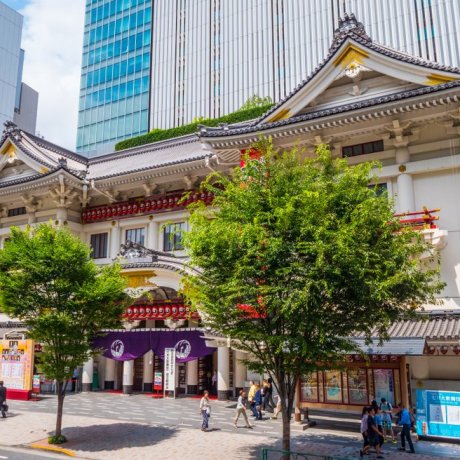
Teatro Kabuki-za
Cuando piensa en el teatro japonés, también piensa en el kabuki: máscaras de aspecto demoníaco, elegantes kimonos y tambores. A menudo se cuentan..
The Studio Ghibli Museum
One of the most popular attractions in Tokyo. If you are considering visiting here, I advise that you book tickets as soon as possible, as they typically sell out in advance. I would advise to book months in advance. The Studio Ghibli museum located in Mitaka, is ¥1000 for people aged 19 and over and ¥800 (£5.40) for those aged 13 to 18. This museum exhibits the beautiful artwork of the marvelous creator and has its own theatre where exclusive Ghibli short films are shown.
When I visited in 2009, I saw the most gorgeous mini film —Mei and the Kittenbus—about a miniature cat-bus, like the one we see in the film My Neighbour Totoro. The museum has many replica statues of your favourite Ghibli characters, with amazing exhibitions and the most unique Studio Ghibli merchandise sold in the massive gift shop. This is certainly a once-in-a-lifetime experience, though note that it's about a 15 minute walk from Mitaka station.
Tokyo National Museum
Located in Ueno, although this is a popular place to visit, it is still one I highly recommend as it is well within our price budget: students ¥410 (and adults ¥620).
Visiting this museum was by far one of the highlights of my own trip. The museum is filled with historical crafts, paintings and more throughout Japan’s history. There are English translations available and you are able to use an audio guide. This museum does get busy quite fast, so I would recommend going as early as possible to avoid waiting a long time in the queue to buy tickets. You can easily spend a good 2–3 hours fully immersing yourself in the history. The gift shop is also splendid, selling an array of beautiful souvenirs. My favourite part of the gift shop personally was all the Japanese history books printed in English.
